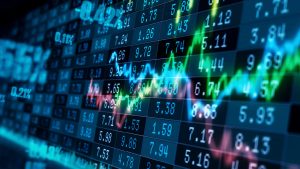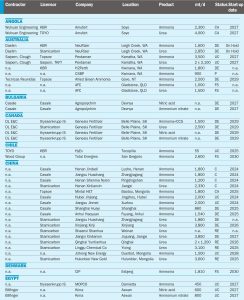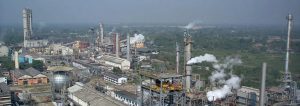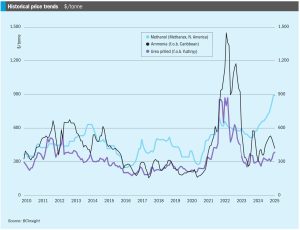
ExxonMobil and Trammo sign low carbon ammonia offtake agreement
Trammo, Inc. and ExxonMobil signed a heads of agreement to advance discussions for Trammo’s long-term offtake of 300-500,000 t/a of low-carbon ammonia from ExxonMobil’s Baytown, Texas facility. The facility is expected to produce virtually carbon-free ‘blue’ hydrogen with approximately 98% of CO2 removed, and will use this low-carbon hydrogen to make low-carbon ammonia. Trammo, a leading international physical commodity trader, will leverage its market and logistical expertise to deliver and sell in Europe and worldwide this unique low-carbon ammonia for use as fertilizer feedstock and for other key industrial applications.





